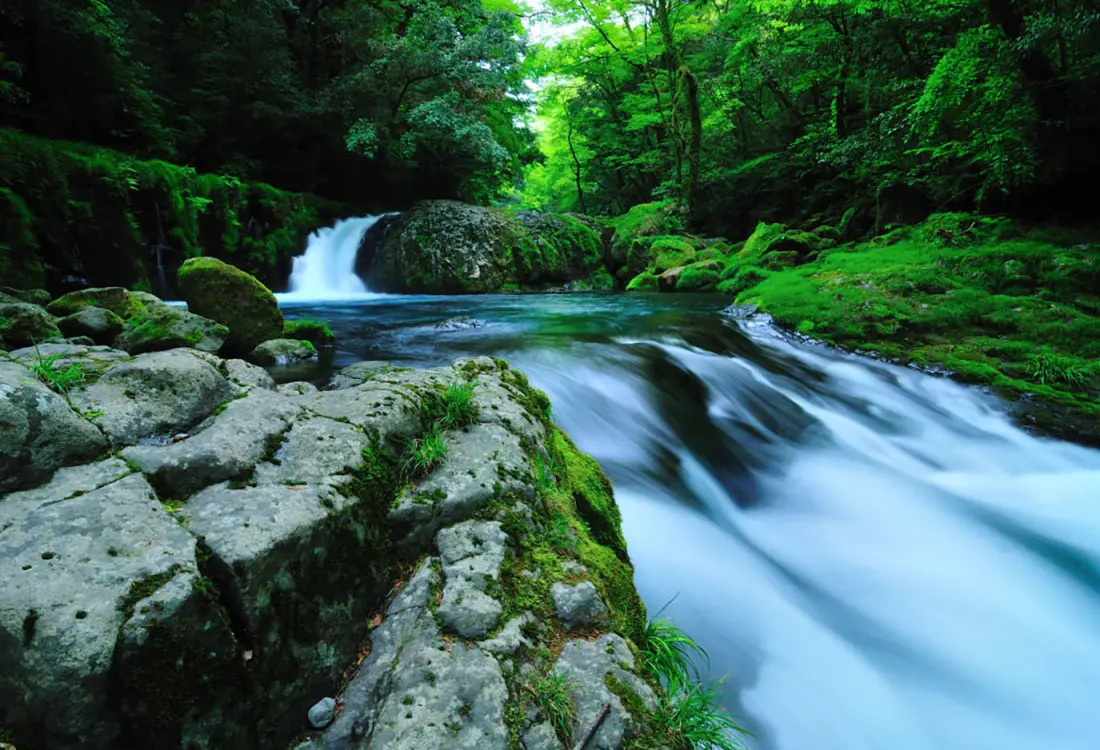
Kikuchi District
The Great Outdoors of Kyushu

For the outdoor enthusiast, Kyushu offers a wide range of activities, such as mountain climbing, off-road cycling, or simply exploring the areas of nearly undisturbed nature. In Kumamoto Prefecture, Kikuchi City welcomes you with its verdant forests and spectacular rivers. Kikuchi City is located northwest of Mt. Aso's mountainous outer crater. As you make your way into Kikuchi Valley, a breathtaking view of its unspoiled forest of lush elm, camphor, and maple trees opens in front of you.
Your outdoor adventure begins deep in Kikuchi Gorge, the location of the picturesque Kikuchigawa River. The fresh water that meanders through the forest forms powerful rapids, deep pools, and plunging waterfalls. Kumamoto abounds with meisui (drinking water mineral springs) but Kikuchi Gorge is unique in that it is one of the few meisui locations that is a river; most meisui are springs. It is not a surprise, then, that the waters of Kikuchi Gorge have been selected as one of the 100 best waters in Japan. The river's source is at 800m above sea level, making the water refreshingly cool all year long and the ideal place to escape the summer heat.
The gorge is 4km long so there are plenty of walking trails to explore it. If you are a birdwatcher, the protected national forest around the gorge is home to over 50 species of wild birds. In addition, the waterfalls found within the gorge help create a magical scene. Nowhere is the Japanese art of forest bathing more keenly experienced than here. As you walk along the gorge, with its enchanting forest and crystal waters, you will discover the healing power of just being in nature as it soothes your mind and body.

After a relaxing time at Kikuchi Gorge, why not go on a unique kayak ride with Ide-venture.No, that isn’t a spelling error; Ide-venture (ide is Japanese for irrigation channel) is a fun and thrilling kayak ride in a 2km long irrigation channel. Ide-venture is the brainchild of a local Kikuchi resident and amateur kayaker whose love for his community led him to start this summer activity in the hopes of revitalizing his rural town.
Your adventure begins at Kikuchi Furusato Suigen Koryukan where you will register, meet friendly kayaking instructors, get safety instructions, and get ready for the ride of your life. Ide-venture offers two courses: a short ten-minute 700m course which is perfect for beginners and a 30-minute 2km course for the more adventurous and experienced.
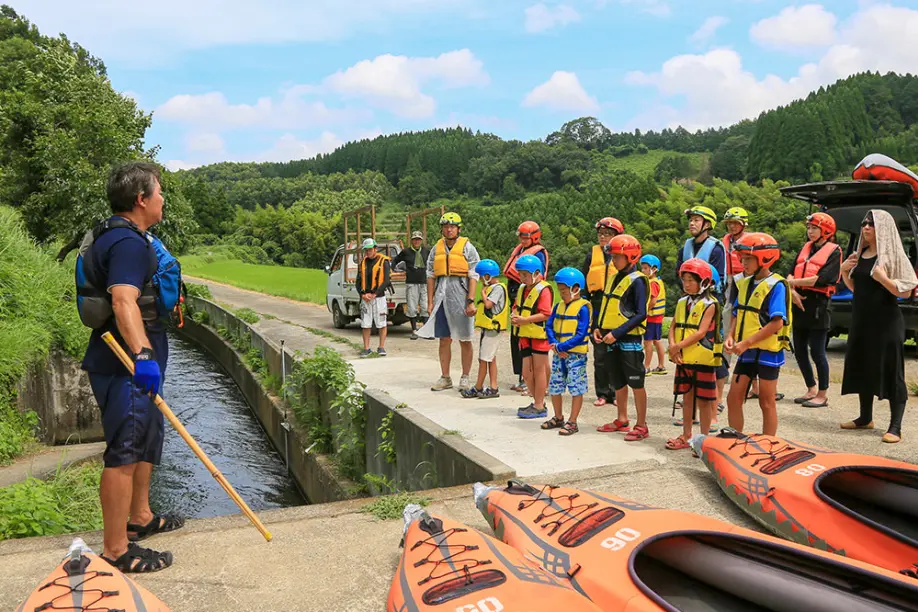
Since you came all this way, why not choose the 2km course? Make sure to bring swimwear or clothes and footwear you don't mind getting wet as well as a change of clothing. The course starts leisurely enough as the ride gives you beautiful views of rice paddies and bamboo forests, but the ride picks up speed as you enter a dark 300m long underground tunnel, providing an adrenaline rush like a roller coaster ride.
After leaving the tunnel, take in the view and enjoy the gorgeous Kikuchi countryside. When you reach the end, don’t worry about getting back to the starting point; one of Ide-venture’s helpful staff members will be waiting to pick you up. This unique ride down the rice farming irrigation channels of Kikuchi is sure to provide some of the best memories of your time in Japan and a unique tale to tell your friends and family.


After drying off from a once-in-a-lifetime experience with Ide-venture, complete your visit to the Kikuchi district with an overnight stay at a traditional Japanese inn called Tsubaki-An (tsubaki and an are the Japanese words for camellia and retreat). With its remote location in the mountainous Shigemi area of Kikuchi city, a retreat seems like an apt name. Tsubaki-An is located in a quaint Japanese hamlet surrounded by quiet woodland.
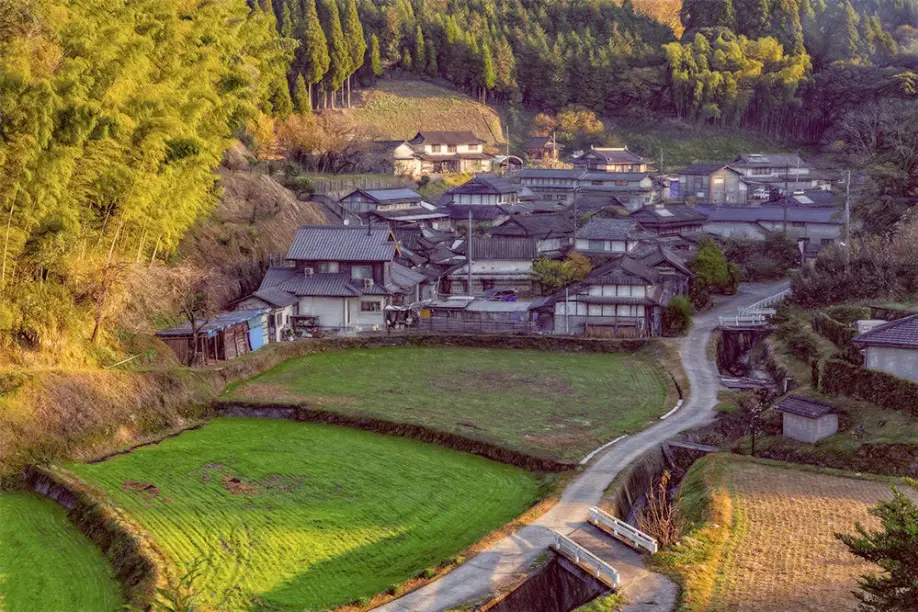
Reaching the inn, Emi and Kyo, the two sisters who own the 60-year-old nostalgic wooden home, happily greeted me at the entrance. With its old farmhouse style and vegetable gardens out front, I felt as though I've stepped back in time and arrived at the Japanese equivalent of Little House on the Prairie.

After checking in, Emi took me to a nearby field where I had about an hour to help with harvesting Kikuchi's famous chrysanthemum potatoes (the vegetable harvest will be different depending on the season). Kyonjun, a farmer originally from Jeju Island, Korea, instructed our small group on how to dig up the potatoes and showed us how to remove the part that will be eaten. The soil in these parts is very soft and jet black, evidence of the area’s long and active volcanic history.
I felt a bit more connected to the land while I worked in the fields surrounded by idyllic scenery. I was also delighted to hear from Emi that I could take home what I harvested, except for the potato used as part of my dinner that night. Make sure to bring comfortable clothes and shoes that you don't mind getting dirty, though Emi provided us with gloves and protective shoe covers.


Back at the inn, I enjoyed a relaxing bath while Emi and Kyo prepared a scrumptious meal for me. In a period when people are concerned about COVID-19, the inn has plenty of space, only having two guest rooms: a Japanese-Western room upstairs and a Japanese-style room downstairs. Emi and Kyo make you feel safe by wearing face masks and providing their guests with hand sanitizers and several air purifiers.

Emi and Kyo served me old-fashioned Kumamoto-style cuisine, made with local vegetables and wild plants. Some of the delicious foods I enjoyed that evening were lemon-salted masu salmon, assorted tempura, meat and potato stew, and pork miso soup containing the potatoes I harvested that afternoon. These are the kinds of foods that you won’t easily find in restaurants but are commonly found on the dining tables of Japanese families. For visitors to Kyushu, it is an exceptional opportunity to truly “eat like a local”.
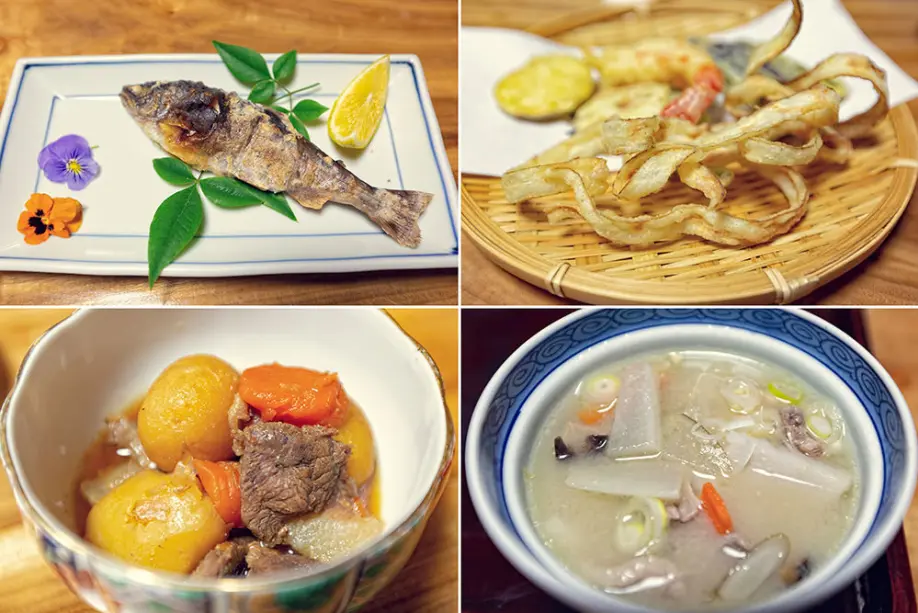
The next day, following a hearty Japanese-style breakfast, Emi and Kyo showed me how to make oyaki, a local Kikuchi dish that is a kind of steamed bun with different types of vegetable fillings. We filled my oyaki with delicious Aso takana, which is a Japanese pickled mustard green. In the past, oyaki was made at home as a daily meal or snack. I felt clumsy and awkward as I tried to work the flour dough into the right shape for the oyaki bun. After several failed attempts, with Emi and Kyo cheering me on, I finally made my first oyaki. What a rewarding experience! Emi and Kyo were wonderful hosts who provided me with one of the best bed and breakfast experiences I've ever had, complete with a bag of potatoes and a new culinary skill I could take home with me.
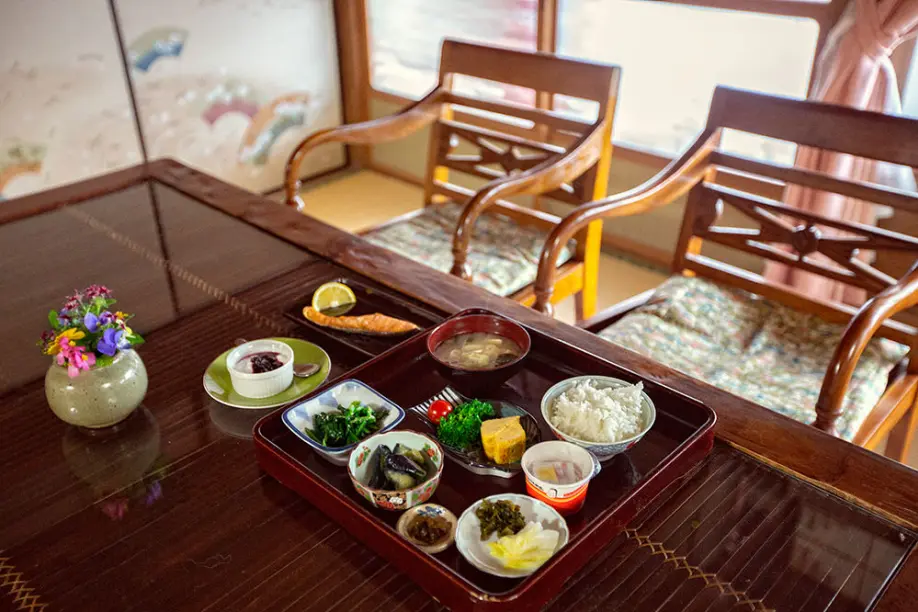
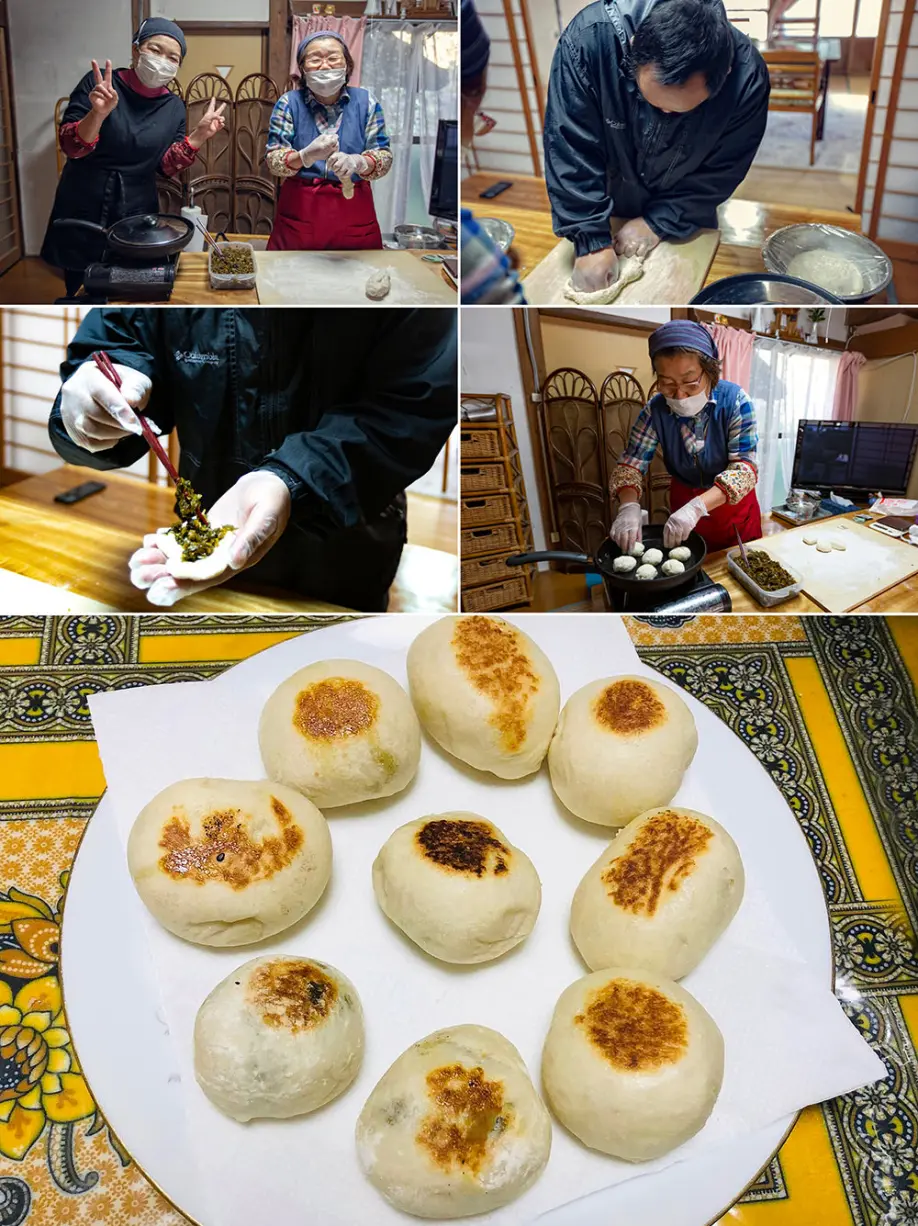
The Kikuchi District is a nice escape from the city, allowing you to enjoy its beautiful nature and meet its wonderful residents who embody Kyushu's omotenashi (hospitality) spirit. It truly is a home away from home.
Note: This blog post was written during a time when preventive measures for COVID-19 were being undertaken. These measures are expected to be relaxed going forward.

Riz
Riz is a freelance writer, photographer, and adjunct university lecturer. He once mistook wasabi for matcha ice cream. Having lived in Japan for 20 years, Riz no longer makes this mistake. He is happily married, has 3 children, and one skittish cat.
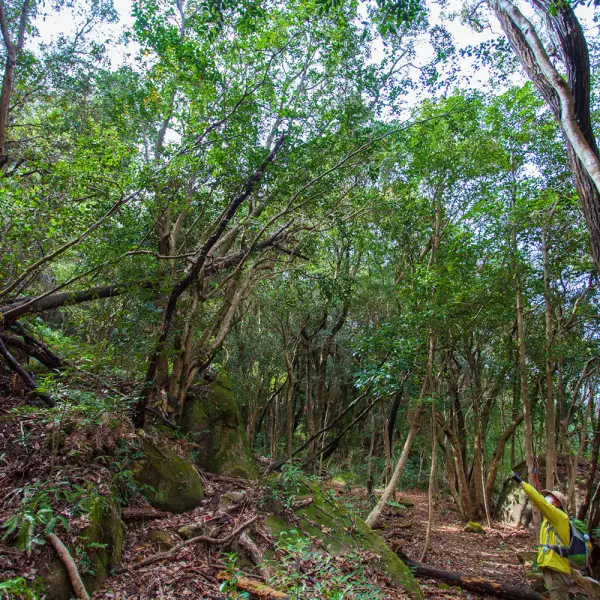 Hiking Matsushima Olle: Course to Explore the Nature and Intriguing History of Amakusa Island
Hiking Matsushima Olle: Course to Explore the Nature and Intriguing History of Amakusa Island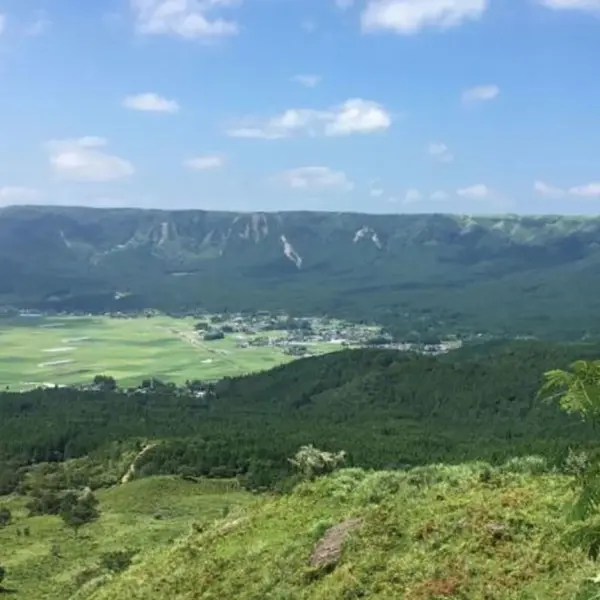 Mount Aso: Nature at Its Most Majestic
Mount Aso: Nature at Its Most Majestic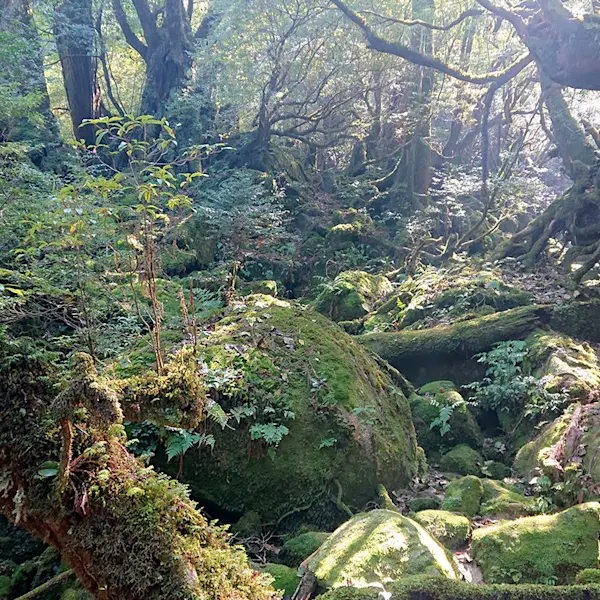 Yakushima: Trekking through Japan’s thousands-year-old forest
Yakushima: Trekking through Japan’s thousands-year-old forest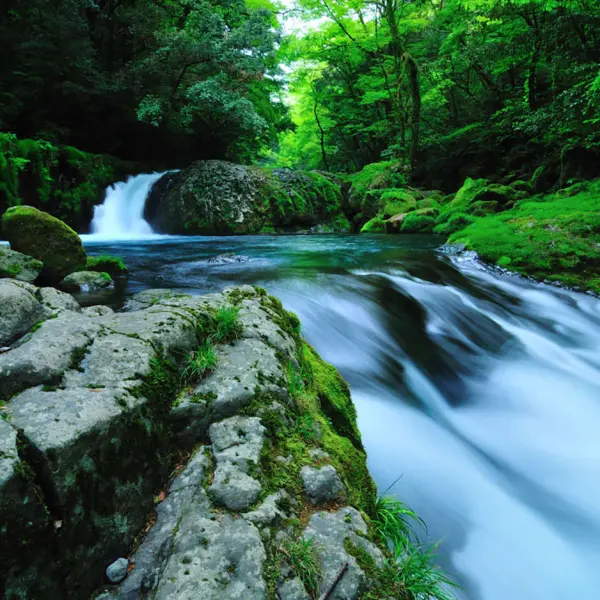 Kikuchi District - The Great Outdoors of Kyushu
Kikuchi District - The Great Outdoors of Kyushu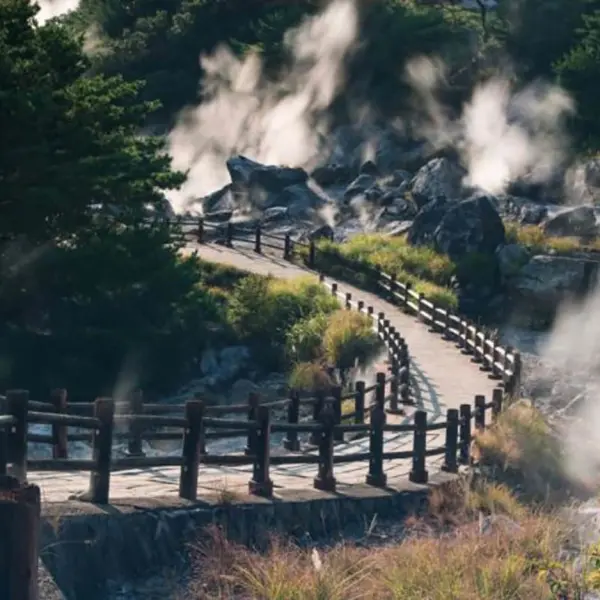 To Hell and Back: Walk Through the Steamy Hot Springs of Unzen
To Hell and Back: Walk Through the Steamy Hot Springs of Unzen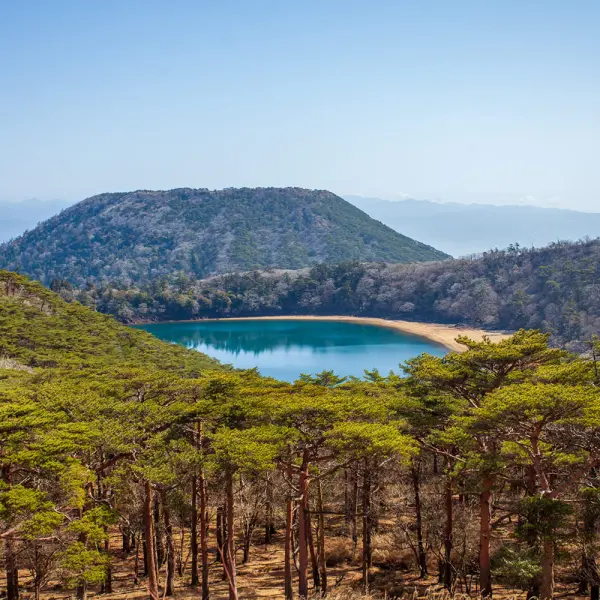 Hiking in Ebino Highlands: Explore the Crater Lakes in the Company of Friendly Deer
Hiking in Ebino Highlands: Explore the Crater Lakes in the Company of Friendly Deer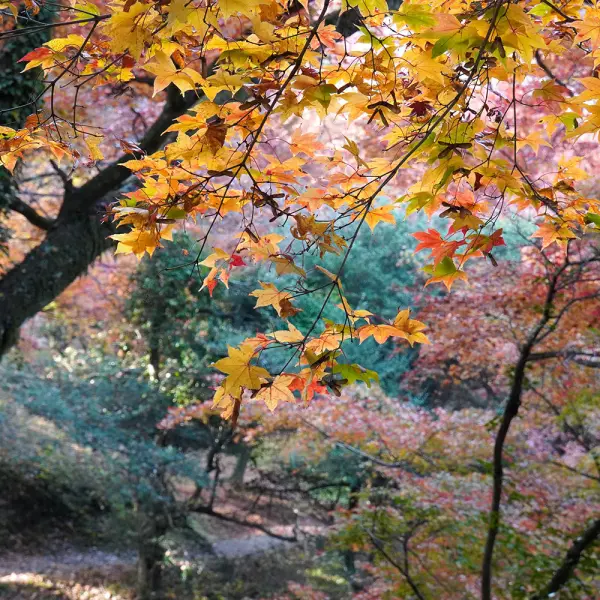 Kyushu Olle: An Autumn Hike on the Okubungo Course
Kyushu Olle: An Autumn Hike on the Okubungo Course Driving Around Fukue Island: Hidden Churches and Stunning Beaches
Driving Around Fukue Island: Hidden Churches and Stunning Beaches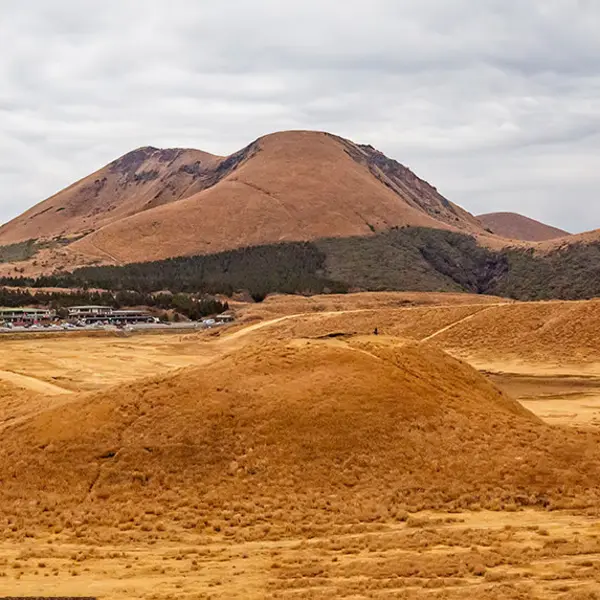 Hiking Trails at Aso Kusasenri
Hiking Trails at Aso Kusasenri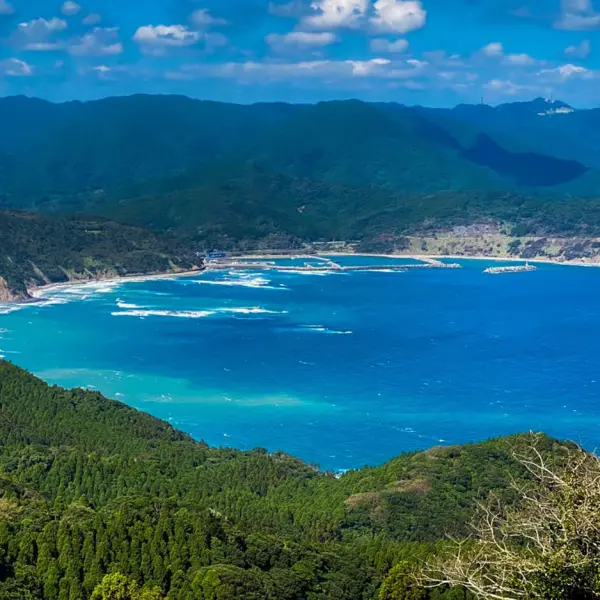 Cape Toi in Miyazaki: A Festival of Colors
Cape Toi in Miyazaki: A Festival of Colors




